Improving machine performance to meet market demands doesn’t have to mean starting over from scratch. By partnering with a motion-centric supplier that offers new-generation motion systems plus co-engineering expertise to provide perfect-fit customizations, aging machines can be brought back to life with minimal design impact.
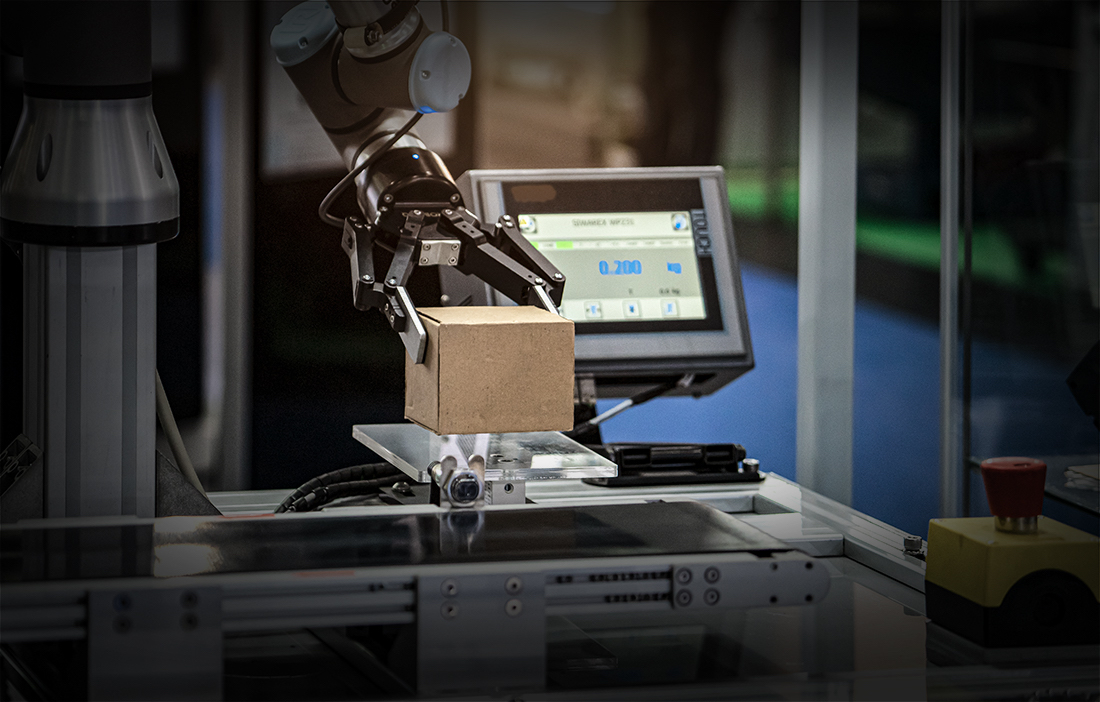
As new technologies enter the industrial market, engineers must find new ways to improve the performance and extend the lifecycle of their existing machines — or else go back to the drawing board. With access to higher-resolution feedback devices, faster processors, sharper vision systems, and more sophisticated communication buses, many competitors can offer innovative, value-added features with each new machine generation.
Staying ahead of this competition can be particularly challenging for lean engineering teams with limited resources.
So faced with the need to deliver improved performance, every product manager must ask: How much performance increase must we reach to keep up with market demands? Can we tweak the existing design with minor changes that produce major system enhancements? Or will maintaining a competitive position need a complete redesign?
These questions all begin with evaluating the motion control components — key elements to the performance of any sophisticated machine. Whether upgrading or completely redesigning a machine, performance depends on the selection of servo motors, servo drives, cabling, and the controller or PLC. Understanding all the options — and how they interact — is essential to determining the best approach.
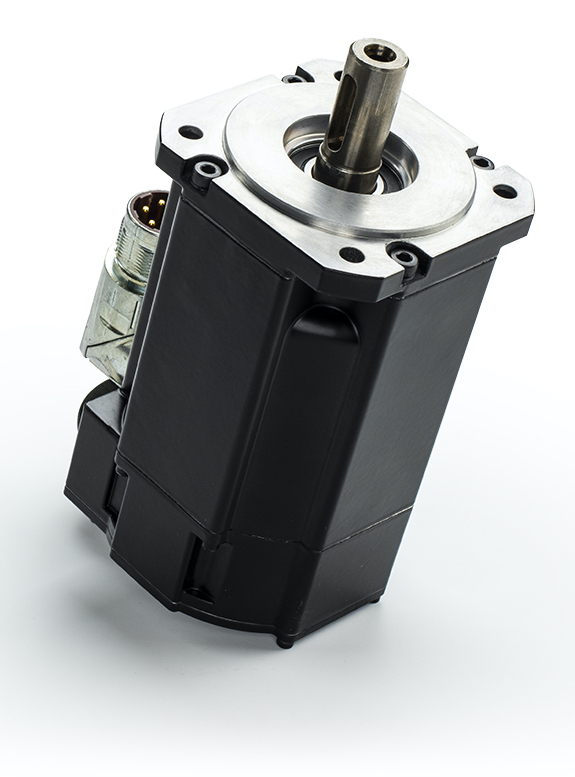
Most projects have similar goals: Improve performance, speed time to market, minimize risks and costs, and deliver maximum return on investment. Most projects present the same options: Replace individual components, replace the entire motion system, redesign parts of the machine, or redesign the entire machine. Although we can’t possibly evaluate the tradeoffs involved in every project, here’s a high-level overview of the options most machine builders face when tasked with improving machine performance.
| Redesign options |
Performance improvement | Relative time to cost |
Risk level | Typical ROI | |
| Complete redesign | ★★★★ | Eight to 12+ months | $$$$ | Medium to High | 12 to 36+ months |
| Partial redesign | ★★★ | Four to six+ months | $$$ | Medium | Six to 18+ months |
| Replace the motion system | ★★ | Three to six+ months | $$ | Low | Less than six months |
| Replace motor or drive only | ★ | Two to four months | $ | Medium | Less than six months |
Above: Most projects include the minimization risk as a design objective. Risk relates to the odds of project completion that is on time, on budget, and with performance improvements as expected.
Clearly, design engineers must evaluate redesign options in light of the machine’s market, budget, timeframe, and performance requirements. Let’s look at each redesign scenario in more detail.
Complete machine redesign is a time-consuming and expensive process. However, a major redesign may necessary to deliver significant new capabilities or if the existing design is rendered antiquated by technological advancements. The motion control system will be key to machine performance, so any total redesign project should consider:
- The control methodology, including Industry 4.0 elements
- Centralized or decentralized control
- Single source versus multiple motion vendors
- Agency certifications
A full redesign involves many hours of development, documentation, and prototyping. Plan to gather customer and end-user input on target features and performance. Budget time for multiple design reviews. Evaluate all possible vendors and how their products interact to provide the target motion characteristics. Be ready to thoroughly test and document the results of competing design choices.
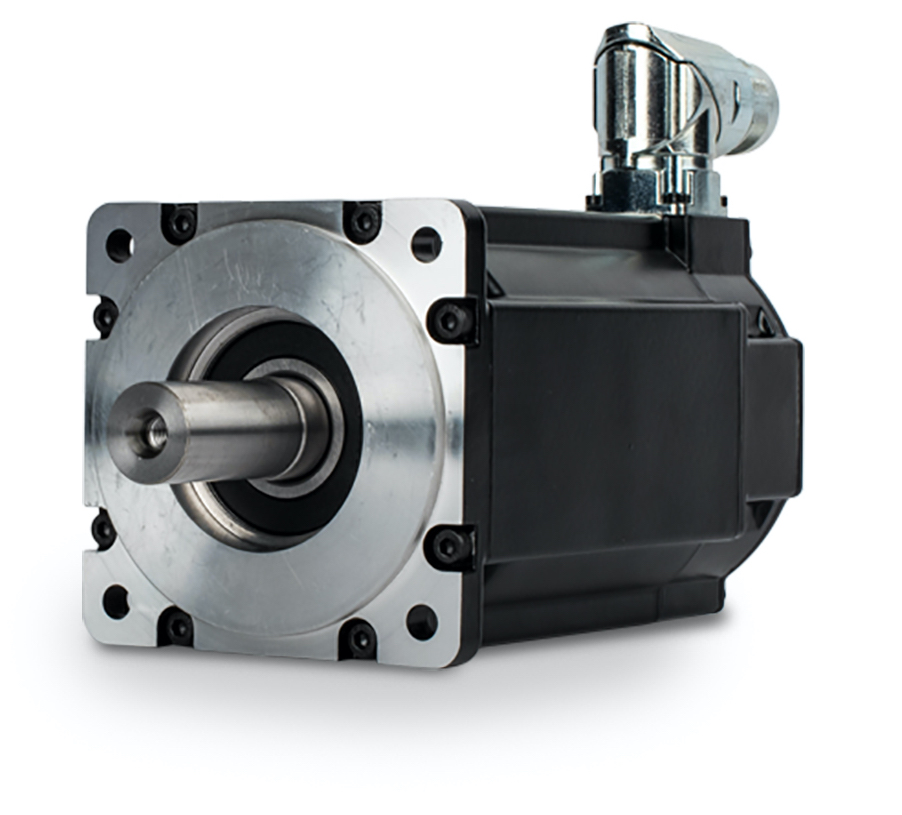
A complete machine redesign is without question the most lengthy and costly alternative. Risks can escalate throughout the process as selected mechanical systems interact in suboptimal ways, sending designers back to the drawing board. When pressured to deliver quantum advancements in function or productivity, however, a total redesign may be the only viable option.
Partial redesign is usually a less expensive approach in comparison to a complete or major redesign because it involves identifying and replacing only the troublesome mechanics. However, it involves significant risk, and the performance improvements may be modest compared to a complete redesign.
To succeed, partial redesign requires deep understanding of which mechanical elements are hindering maximum performance and why, plus knowledge of all the viable alternatives and their potential costs and engineering impacts on the total system. For example, changing to a direct-drive approach can eliminate many components that would otherwise need ongoing maintenance and could cause future mechanical issues.
With expertise in how the entire system functions, how its subsystems interact, and the available options for subsystem replacement, engineers are best positioned to minimize risk and maximize performance while realizing the greatest cost savings. For example, direct-drive solutions that fit application requirements without necessitating a major redesign can make for minimized parts count, assembly time, and maintenance requirements … and improved machine performance and productivity.
Replacing a motor or drive is the lowest-cost and least-disruptive approach to improving machine performance. However, performance gains are likely to be limited when changing individual components, as the performance characteristics of existing and new components are likely to be mismatched. This is especially true when components are sourced from multiple vendors.
Optimally performing systems incorporate drive control algorithms matched to the electromagnetic structure of the companion motor, as well as feedback elements matched to performance expectations for the drive-motor system. While a new motor or drive may show superior performance specs on paper, incorporating it into an existing system can limit these advantages.
Although it is possible to integrate one vendor’s drive with another vendor’s motor, total system performance can be challenging to optimize due to inherent incompatibilities across system components, often magnified by given engineering choices and design styles. Motion-centric suppliers, with expertise in harmonizing the performance of fully integrated solutions rather than simply supplying individual components, provide the best opportunity for optimizing system performance.
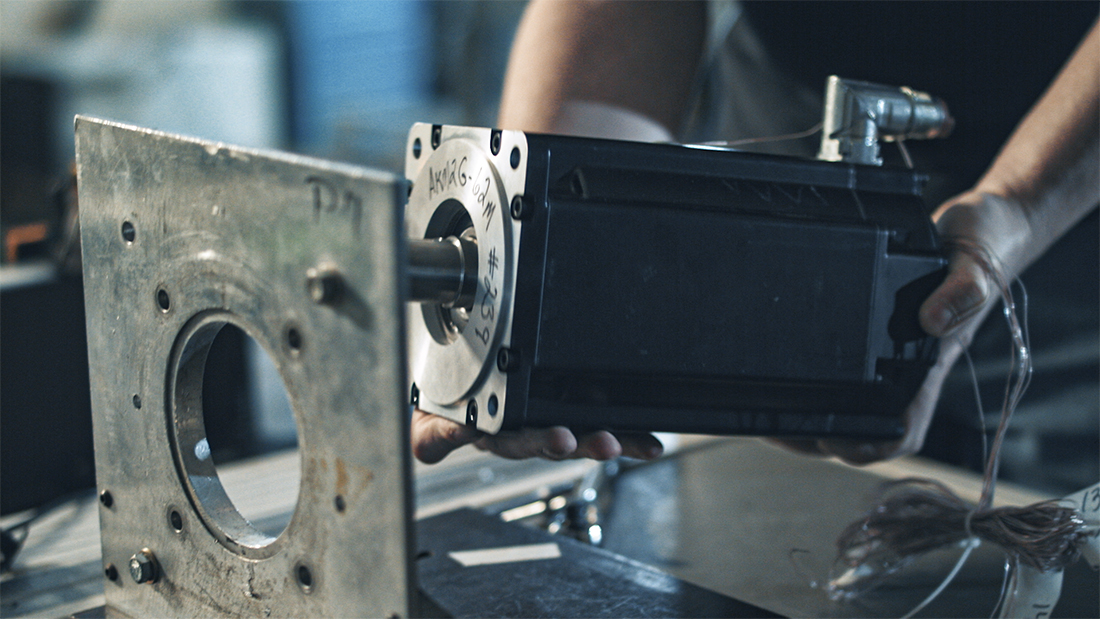
Replacing the motion system represents a new way of thinking, based on fully harmonized motion system performance. This is now a viable option given today’s advances in motor and drive technology, plus a motion-centric supplier’s commitment to providing matched systems that deliver the full rated performance of each component along with the most advanced motion control technologies.
As is true with all electronics, new-generation motors, drives, and controllers have all benefitted from performance advancements, reductions in component size, and new functional capabilities. As a result, new motor and drive combinations can feasibly deliver significantly improved performance in the same design envelope or potentially an even smaller space. That means engineers have an opportunity to greatly improve machine performance with minimal changes to the existing design.
A successful upgrade to the motion system must begin with a careful review of current machine performance to determine the most pressing needs and opportunities for greater productivity. For example:
- Does the machine need to index faster to improve move and settle times? If so, consider a motor with similar power but less rotor inertia, or a motor of similar size but with more power to accelerate. A system that is properly matched and tuned for optimum performance can also address this need.
- Is an important design goal to reduce the machine’s physical envelope? If machine performance is on target but the physical size of the machine must be reduced, consider a motion system solution that provides equivalent performance characteristics in a smaller package.
The total cost of upgrading the motion control system can be modest compared to a complete or partial redesign, yet the performance gains can be far greater compared to replacing individual components.
In many cases, only the motor, drive, and cabling need updating. Some projects may also call for a new controller, power connectors, or I/O. The existing motor mount and available cabinet space will likely accommodate the new solution. Advanced motion systems offer simple plug-and-play capabilities, minimizing the learning curve for working with a new controller or drive configuration or a new programming interface.
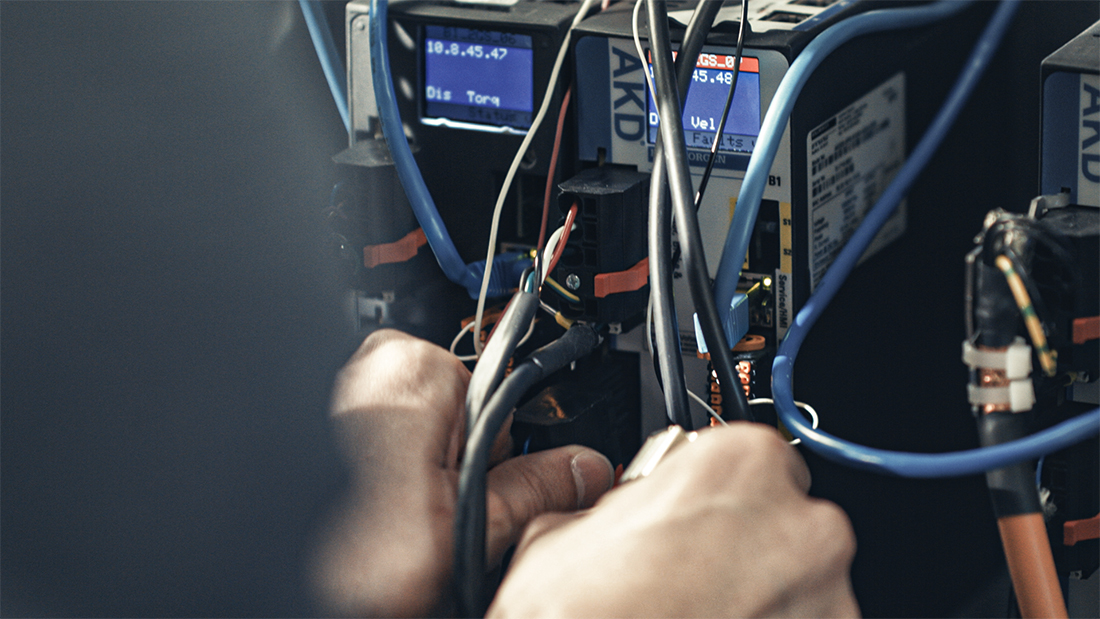
How motion systems can transform machine performance with no redesign
A new generation of motors, drives, and controllers is enabling performance-optimized motion systems that meet the demand for greater performance and productivity — without the time and expense of a significant machine redesign. For example, a servo motor that incorporates an efficient stator and rotor design with high-energy magnets can deliver more torque and power in the same space and with the same mounting as a motor that uses older technology. Or, the same advantages can deliver equivalent torque and power in a smaller package, enabling a more compact machine with no sacrifice in performance. Depending on design goals, it’s even possible to hit a “sweet spot” of greater performance in a smaller space — especially when the right motor technologies are matched to the right drive.
Servo motors that offer improved torque and power density, reduced inertia, and customizable features provide engineers with a simple yet highly effective way to enhance machine productivity and overall equipment effectiveness. Pairing these efficient motor designs with perfectly matched multi-axis servo drive solutions can reduce space, lower energy consumption and cost, and ensure full rated performance.
A collaborative relationship with a motion-centric supplier can more enhance the results of any redesign or upgrade project. For example, a collaborative supplier that offers customization capabilities can adjust product mounting and other features to match existing machine design, while a supplier that offers flexible control software and motion expertise can help fine-tune the system to work ideally with existing control features.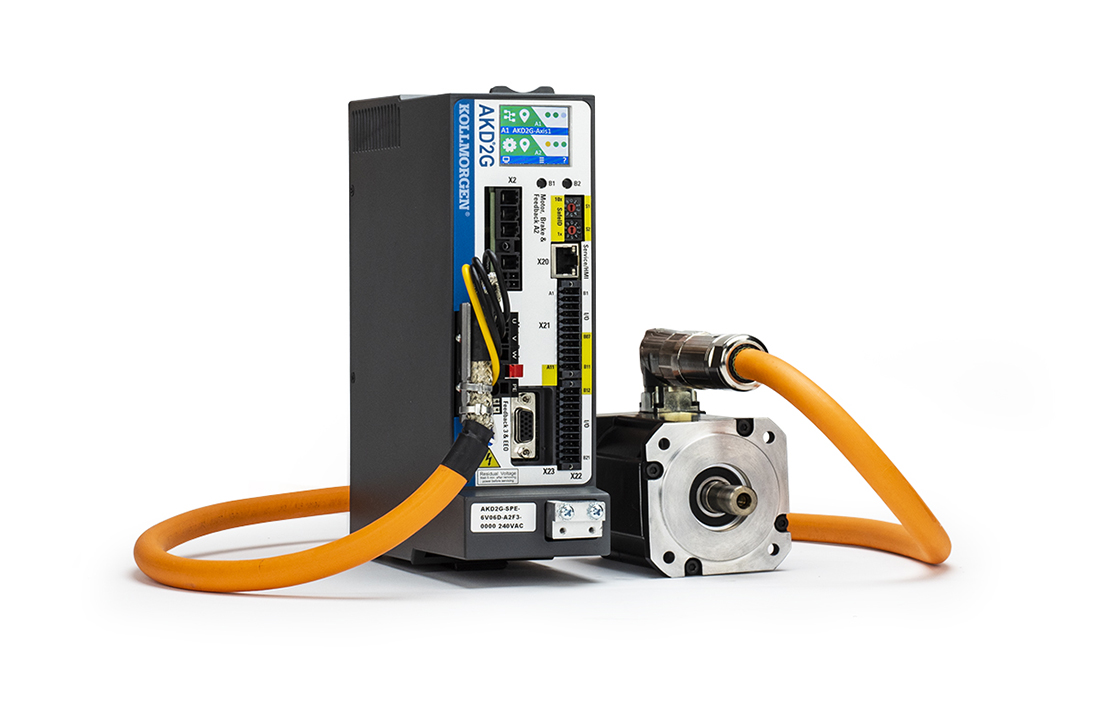
The Kollmorgen AKD product series includes Ethernet-based servo drives.The following examples show how to reach enhanced machine performance with no design changes, based on a variety of motion system choices. These are not theoretical scenarios, but real-world opportunities based on new-generation technology that’s available today.
Motors of equivalent size with the same mounting for increased torque and power: A motor that delivers greater torque and power in the same size and mounting configuration as the existing motor can increase machine performance with minimal investment in engineering time and cost. More torque improves acceleration and deceleration times, providing quicker indexing to increase machine productivity. Increased motor power can also contribute to faster machine speeds and increased productivity. Several motor design innovations can provide additional torque and power in a similar size package.
Efficient winding designs improve manufacturability while enabling high slot fill and increased flux production efficiency. Windings consist of coils of copper wire that wrap around the steel teeth of the stator, creating the specific flux paths that provide the motor power. The wire fills slots between the stator teeth, with a higher volume of copper in the slot resulting in more efficient creation of the electromagnetic fields. High-energy rare earth magnets designed into an efficient magnetic circuit also play a role in increased torque production.
Motors that offer lower inertia in the same package size and mounting: Motor performance can also be improved by reducing rotor inertia while maintaining the same package size. Similar to increasing torque, lower rotor inertia means less energy is needed to change speeds. To reach the best results, a motor with low rotor inertia may need the use of advanced tuning capabilities to reach optimal motion tuning and performance. This can easily be accomplished using a systems design approach in partnership with a motion-centric vendor that offers advanced performance tuning integrated in the drive.
Feedback choice: Motors that offer a selection of feedback devices allow machine designers to easily maintain the positioning accuracies of the existing machine. A new motor can use the same or an upgraded feedback device for improved accuracy. Motion-centric vendors can supply solutions that seamlessly integrate the drive and cables with the motor and feedback solution.
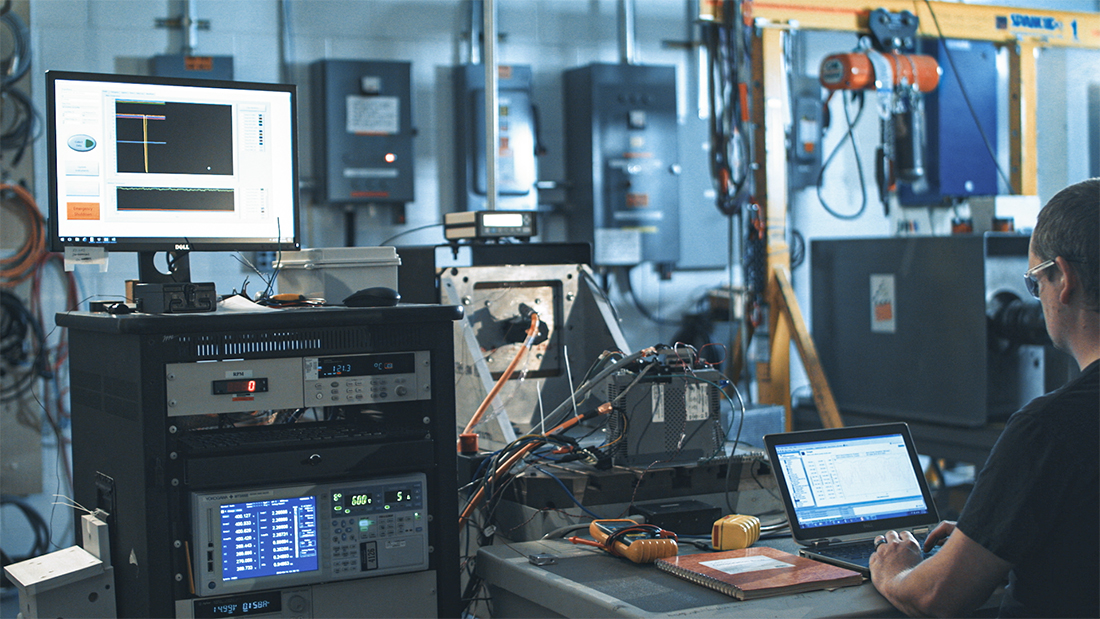
Drive changes: Changing the servo drive can also boost machine performance. Newer drive technologies take advantage of smaller power devices, improved heat sinking, and more powerful processors. With more advanced capabilities available in smaller packages, drives occupy less space in the control cabinet. Designers can either reduce cabinet size or add increased functionality such as additional machine safety features or auxiliary functions. In addition, drives that incorporate advanced tuning capabilities (including customizable filters around current, velocity, and position loops) improve the motor-drive system’s ability to respond optimally in any given mechanical assembly configuration.
Single versus dual cabling: While older machinery likely includes separate cabling for power and feedback to and from the motor, new motor-drive designs now allow power and feedback through a single cable. Switching to a single-cable design simplifies cable management and lowers the cost of installation, even if the machine was originally designed around a two-cable system.
Co-engineering capabilities: In addition to incorporating the latest motor and drive technologies in a system-based approach, a true motion-centric supplier should be able to take on much of the redesign burden by offering co-engineering support with custom motor manufacturing capabilities. The supplier essentially becomes part of the customer’s engineering team, playing a large role in minimizing the time and effort of a redesign or upgrade project.
Through co-engineered shaft and mounting modifications, alternative feedback devices, and other mechanical customizations, a motion-centric supplier can deliver the target performance improvements while accommodating the OEM’s original machine design. Drives that incorporate powerful and flexible firmware and software options provide additional capabilities for customizing and refining the function of existing or redesigned machines.
Article by the Kollmorgen engineering team | www.kollmorgen.com

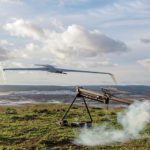
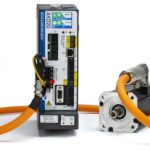
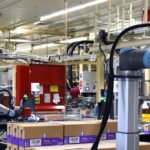
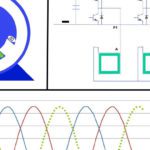
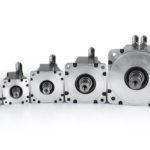

Leave a Reply
You must be logged in to post a comment.